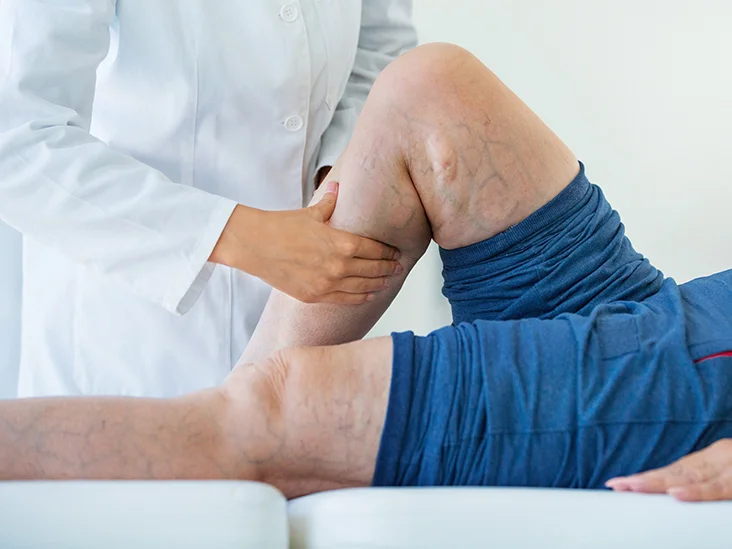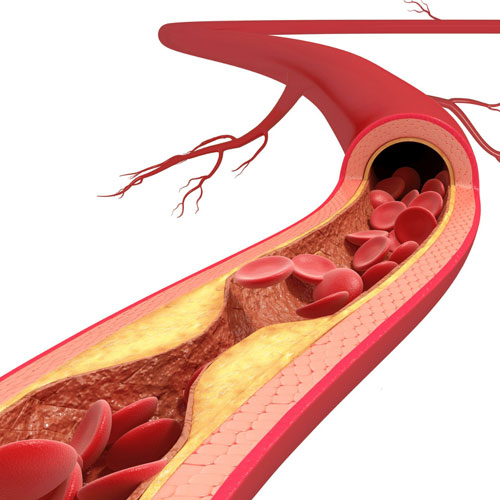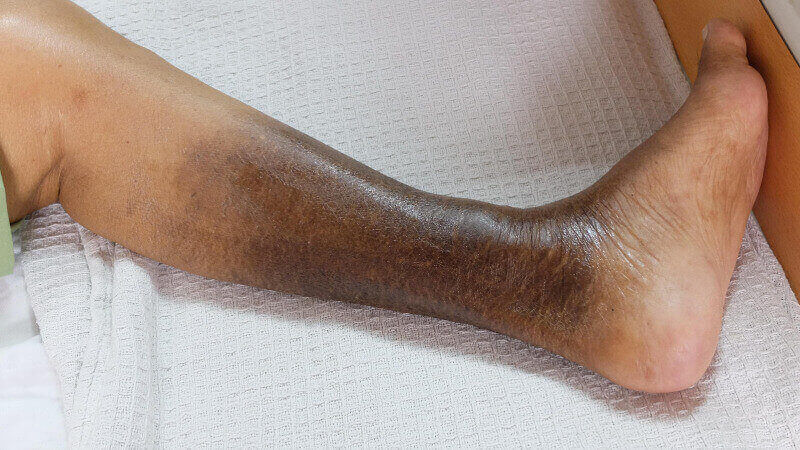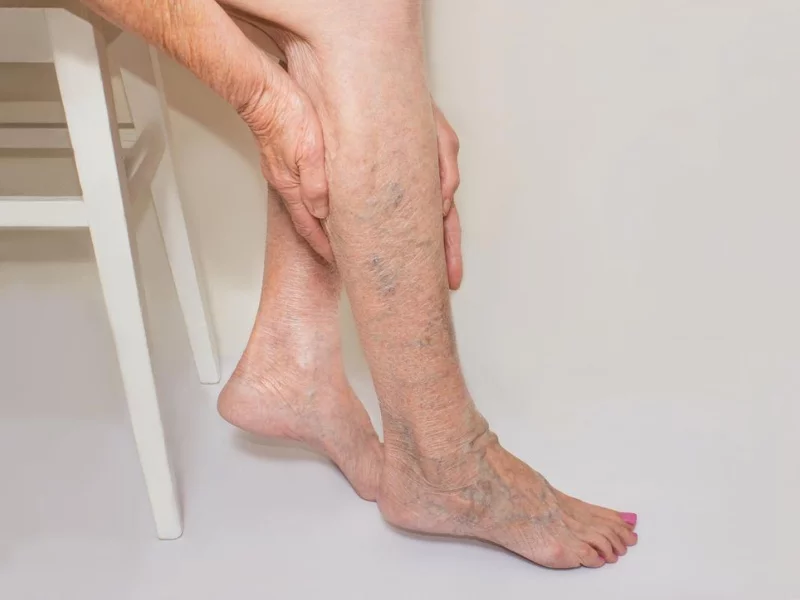Deep Vein Thrombosis (DVT) refers to the formation of blood clots or thrombus within the deep veins, with the legs being the most common location. However, it can also develop in the arms or other parts of the body. In some cases, a portion of the clot, known as an embolus, can break off and travel to the lungs, resulting in a pulmonary embolism. This can block blood flow to all or a portion of the lung, leading to a medical emergency that can be life-threatening.
1- Individualized Duration: The duration of DVT treatment is personalized based on individual circumstances.
2- Anticoagulant Medications: The initial phase involves a minimum of three months of treatment with anticoagulant medications (blood thinners).
3- Influencing Factors: The exact duration is influenced by factors such as the severity of DVT, additional risk factors, and the patient’s overall health.
4- Ongoing or Extended Therapy: Some individuals may need ongoing or extended anticoagulation to prevent clot recurrence.
5- Healthcare Provider’s Decision: The duration of treatment is determined by the healthcare provider after a thorough assessment of the patient’s condition and risk factors.
6- Patient Compliance: It’s crucial for individuals to follow their healthcare provider’s recommendations diligently.
7- Regular Follow-up: Regular follow-up appointments are essential to monitor progress and make adjustments to the treatment plan as needed.
Experience advanced vascular care with Dr. Kunal Arora at Endovascular Care Centre, your trusted Interventional Radiologist in Goregaon. Elevate your health journey – schedule an Appointment today for expert care and personalized solutions.




